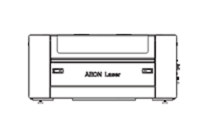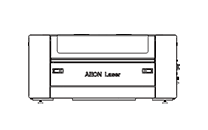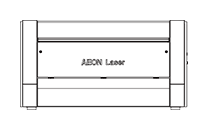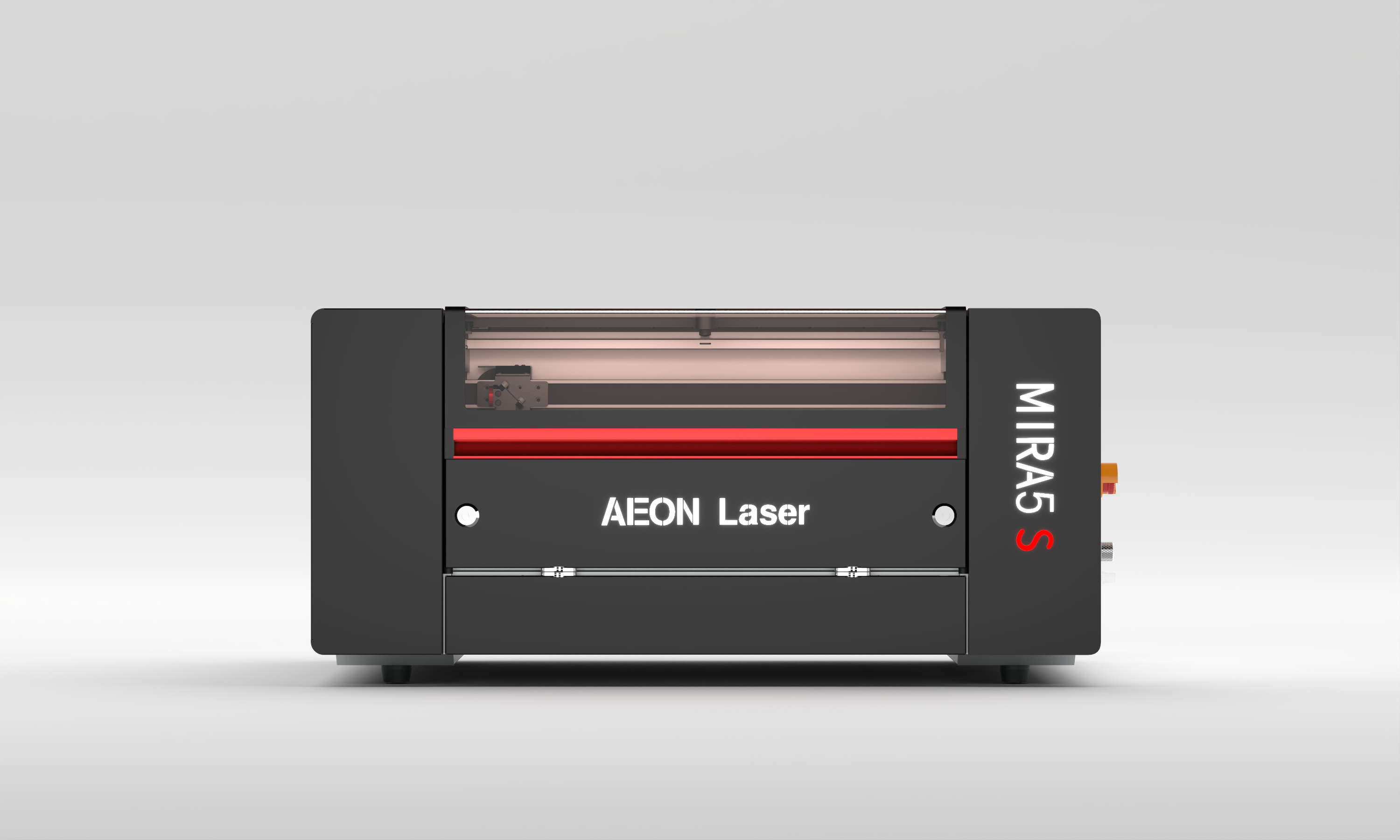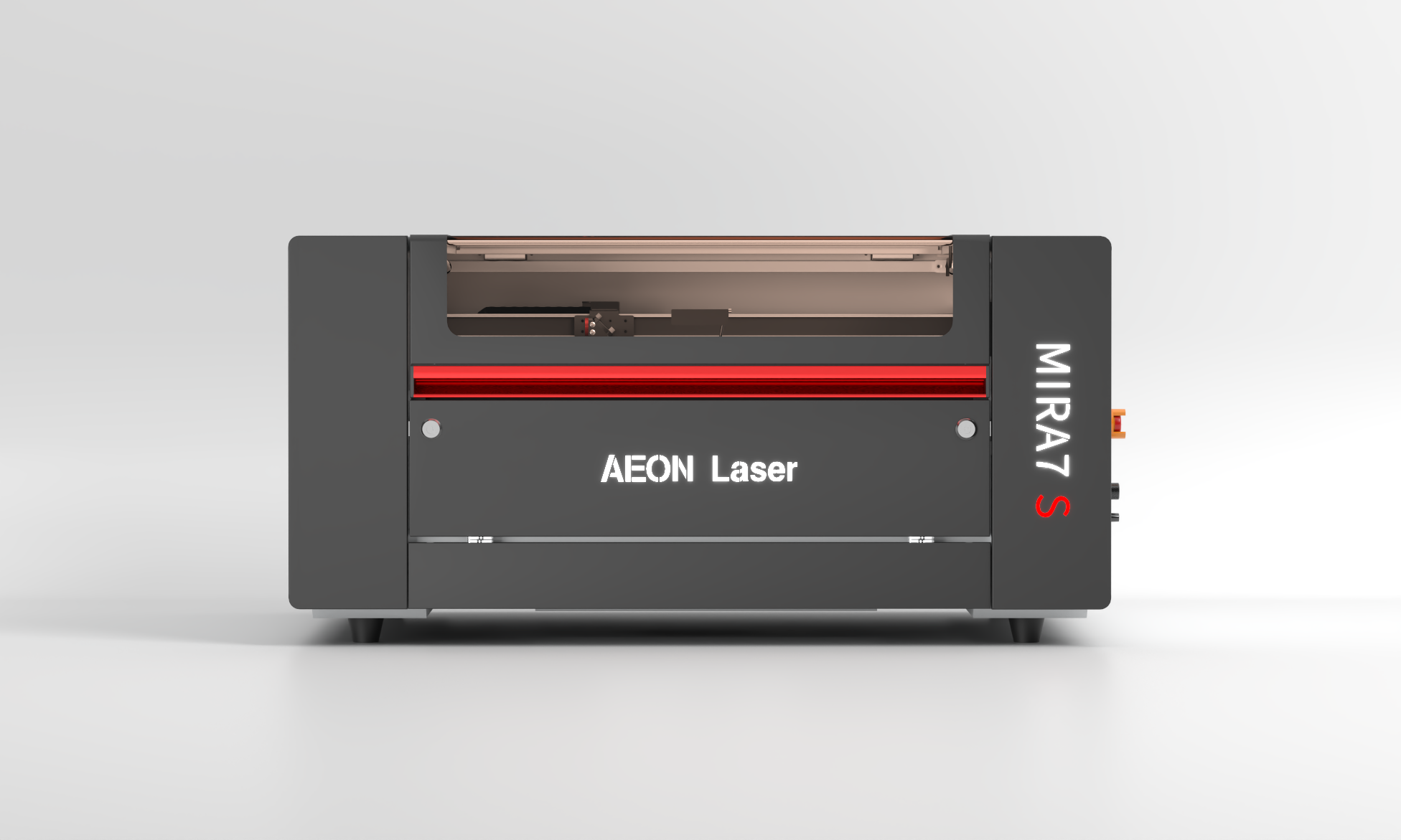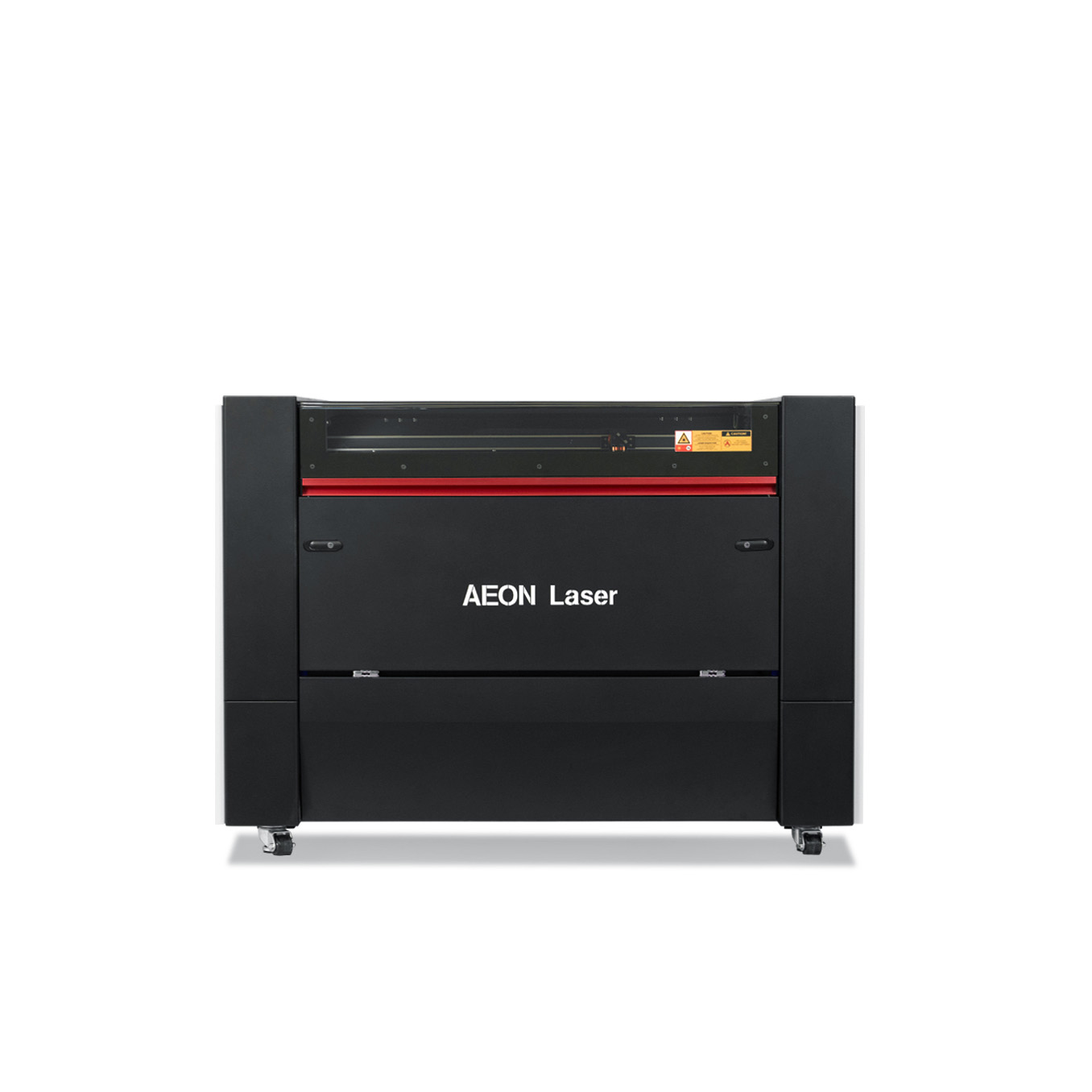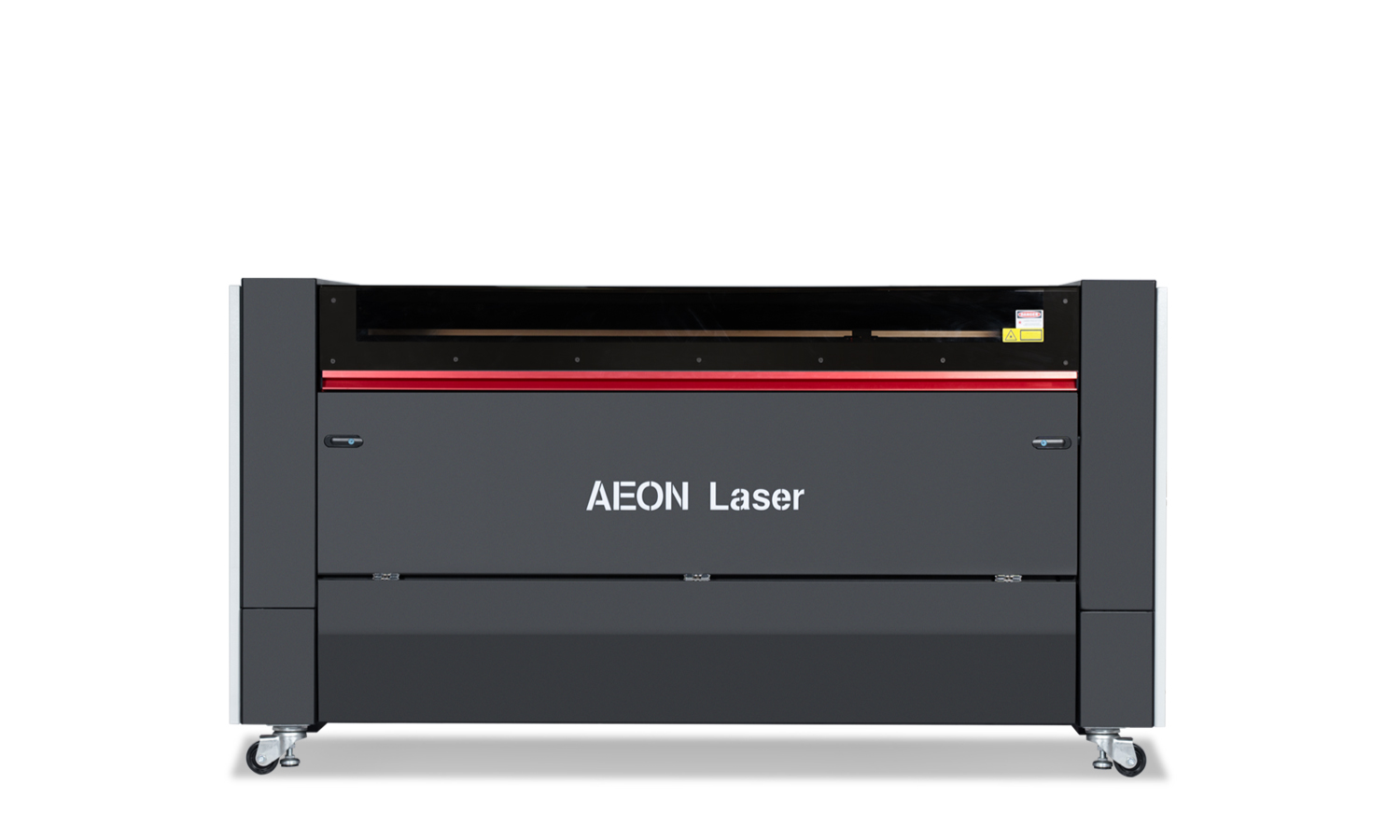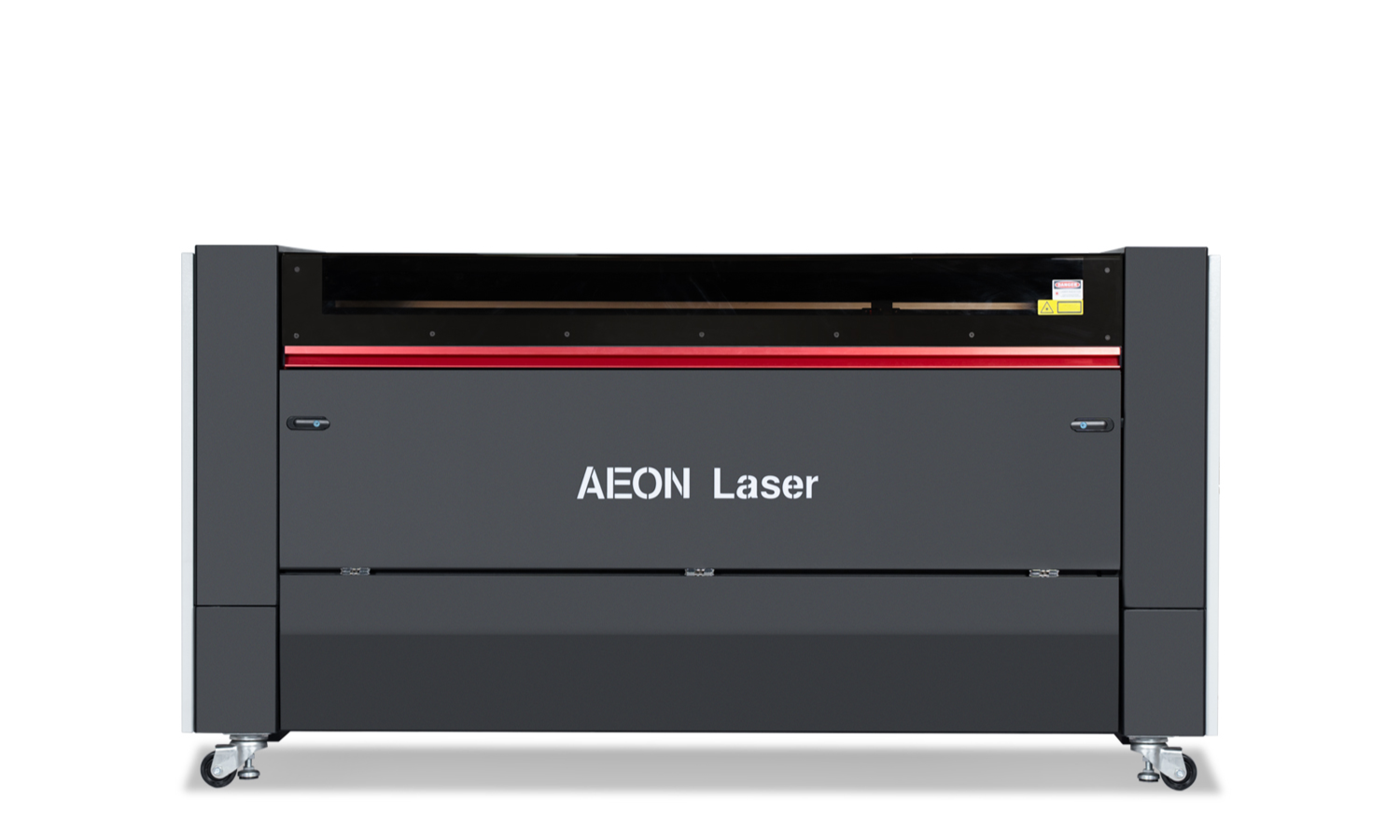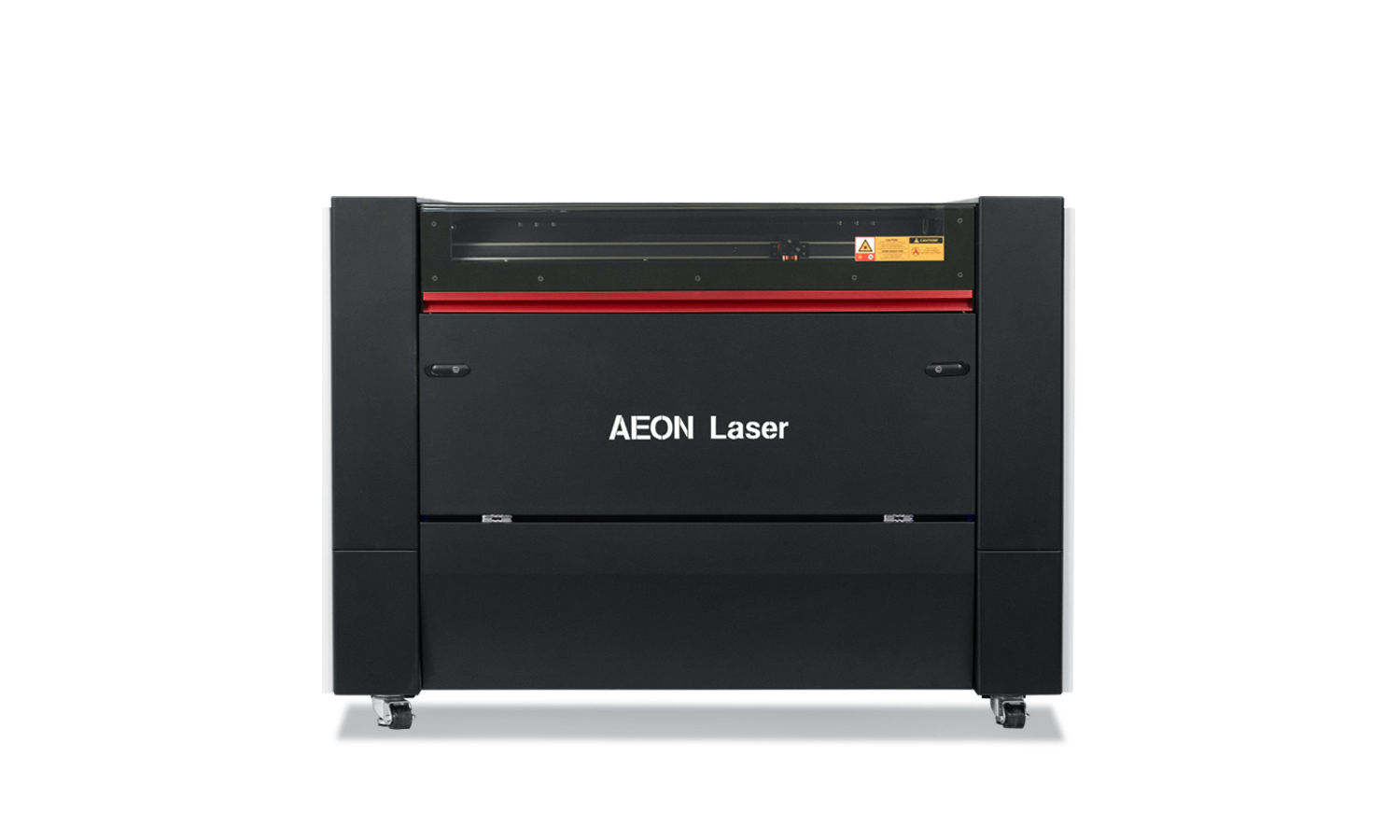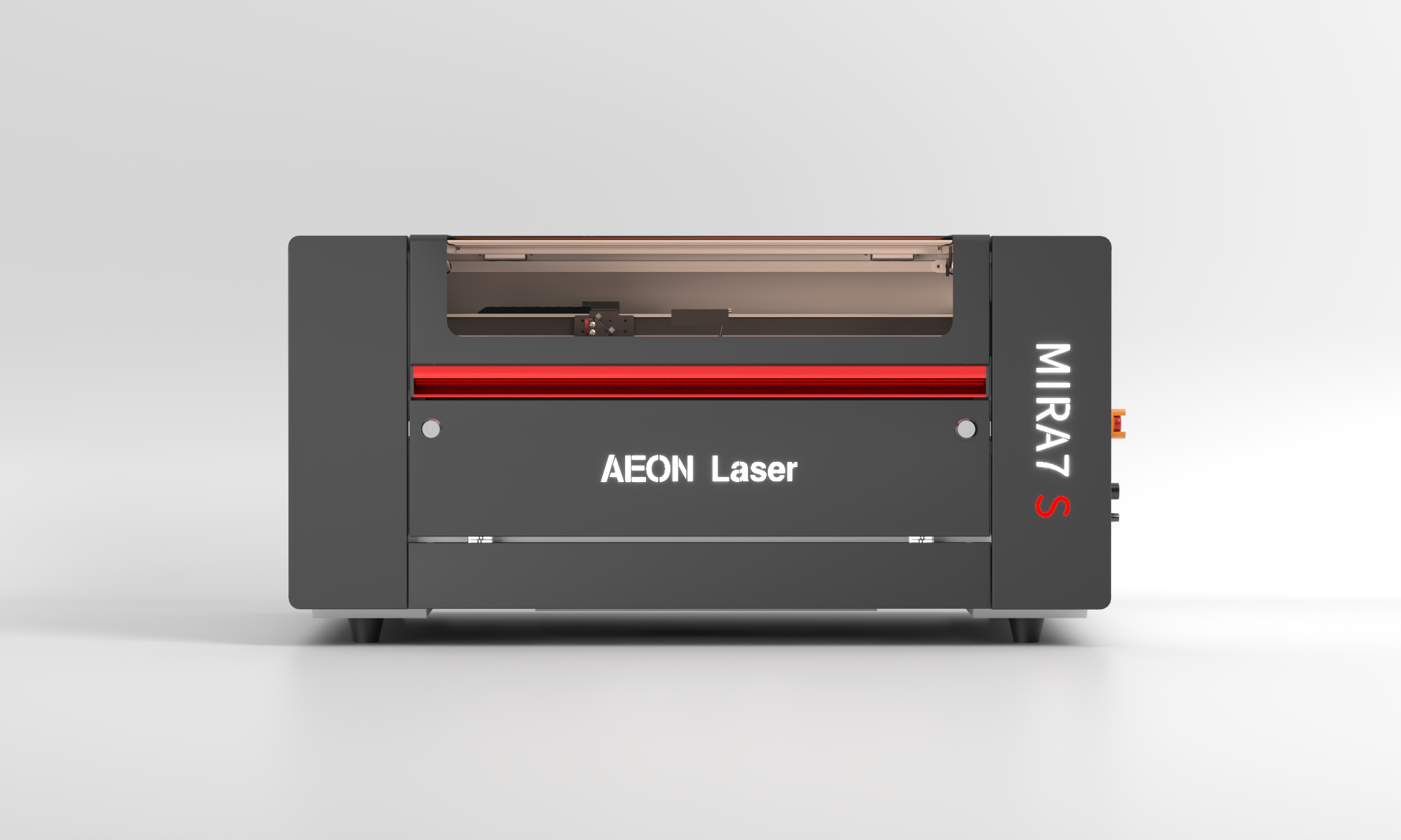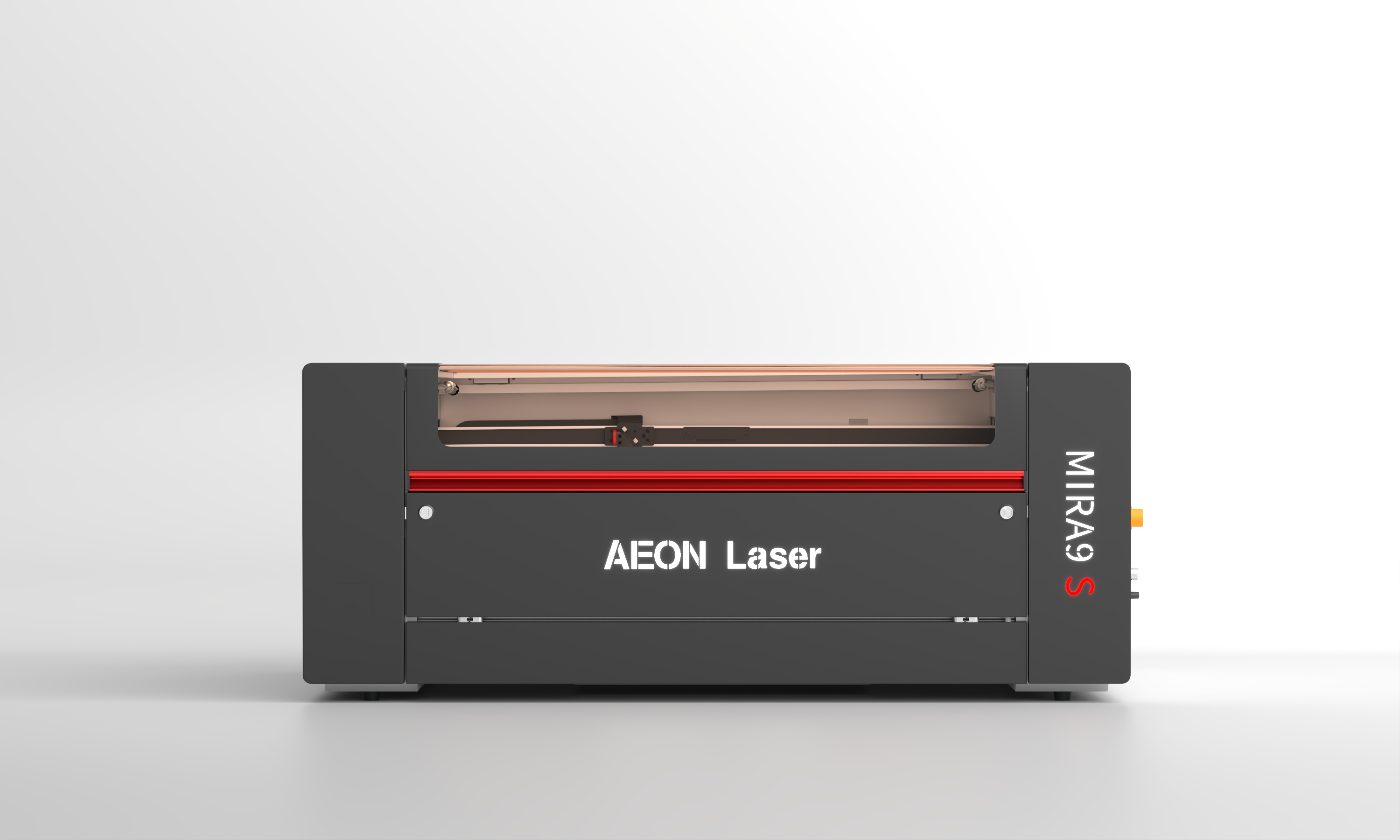CO₂ Laser Applications for Foam Materials
Precision Cutting of Technical, Packaging, and Creative Foams with AEON Laser
CO₂ laser systems are highly effective for cutting a wide range of foam materials used in packaging, protective inserts, seals, modeling, and creative projects. The laser enables clean, contactless cutting with sealed edges on many foam types, producing smooth contours and preventing fraying or crumbling—essential for both functional and decorative applications. While most foams cannot be engraved in depth due to their porous structure, surface marking is achievable on denser varieties.
✅ Why Use CO₂ Lasers for Foams?
· Non-Contact, Deformation-Free Cutting
No compression, tearing, or distortion—ideal for soft and delicate foams.
· Perfectly Sealed Edges
Laser cutting melts and seals the cell structure, resulting in clean, durable, fray-free edges without secondary finishing.
· Supports Complex Geometries
Easily handles intricate shapes, detailed curves, and interior cuts that are difficult with traditional tools.
· Highly Flexible Production
Works directly from digital files for on-demand manufacturing, rapid prototyping, and custom orders—no physical dies needed.
· Faster and Cleaner Than Other Methods
Compared to water jet, knife cutting, or CNC milling, laser cutting is faster for thin to medium-density foams and avoids water contamination or tool wear.
Compatible Foam Materials for CO₂ Lasers
Foam Type | Suitability | Processing Notes |
Polyethylene Foam (PE Foam) | ✔️ Excellent | Clean cuts with sealed edges. Common in packaging inserts, gaskets, and case interiors. |
EVA Foam (Ethylene Vinyl Acetate) | ✔️ Excellent | Popular in crafts, cosplay, footwear, and padding; cuts cleanly, moderate odor. |
Polyurethane Foam (PU / PUR) | ✔️ Good | Flexible foams (e.g., upholstery foam) cut well but produce more discoloration and odor. |
Polyester Foam (PES) | ✔️ Good | Cuts cleanly; commonly used for acoustic foam and packaging. |
Neoprene Foam | ✔️ Good | Weather- and oil-resistant foam for seals; slight edge darkening. |
Melamine Foam | ✔️ Limited | Cuts but prone to discoloration and brittle edges; used in acoustic panels (e.g., soundproofing). |
PVC-Based Foams (e.g., Sintra) | ❌ Prohibited | Emits toxic chlorine gas—unsafe for laser processing. |
Polystyrene Foam (EPS, XPS, Styrofoam) | ⚠️ Not recommended | Cuts but produces hazardous, flammable fumes and poor edge quality (melts, burns). |
⚠️ Critical Safety Notes:
· Strictly avoid PVC foams → Emits toxic chlorine gas.
· EPS/XPS (Styrofoam) → Technically possible but discouraged due to flammable fumes, heavy soot, and poor edge quality. Safer alternatives are PE or EVA foams.
· Proper fume extraction is mandatory even for safe foam types due to odor and vapor release.
Common Business Applications
Industry | Application Examples |
Packaging | Custom protective inserts, flight case foam, equipment padding |
Manufacturing | Gaskets, seals, vibration dampeners, and insulation components |
Aerospace/Defense | Technical foam inserts for sensitive instruments, drone protection |
Creative & DIY | Props, cosplay armor, costume elements, craft kits |
Retail & Displays | Foam signage, exhibition displays, product presentation stands |
Automotive | Foam spacers, interior padding, soundproofing components |
Furniture & Upholstery | Cutting PU foam for cushions, headrests, and decorative panels |
Sound Engineering | Acoustic panels, sound-dampening foam |
�Pro Tips for Laser Processing of Foams
· Use High Speed, Low to Medium Power: Prevents excessive melting or discoloration, especially on PU and EVA foams.
· Air Assist On, But Adjusted: Helps reduce flaming, but overly strong air assist may blow away lightweight foam pieces—test settings.
· Low-Fume Foams Preferred: PE and EVA foams are the cleanest to cut with minimal odor. PU and PES generate stronger fumes.
· Test for Material Density: Higher-density foams yield better edge precision and less shrinkage than very soft foams.
· Always Verify Material Composition: Unknown composite foams may contain PVC or hazardous fillers—check safety sheets if in doubt.


